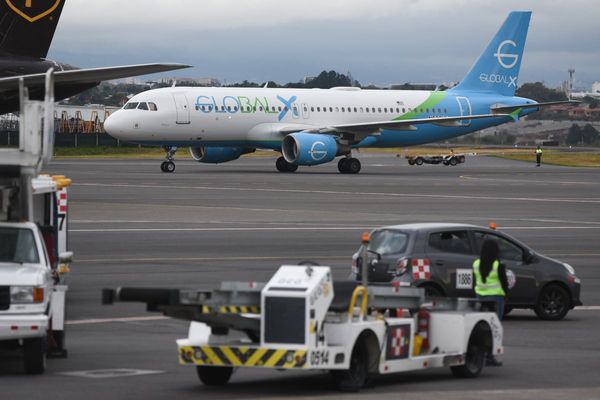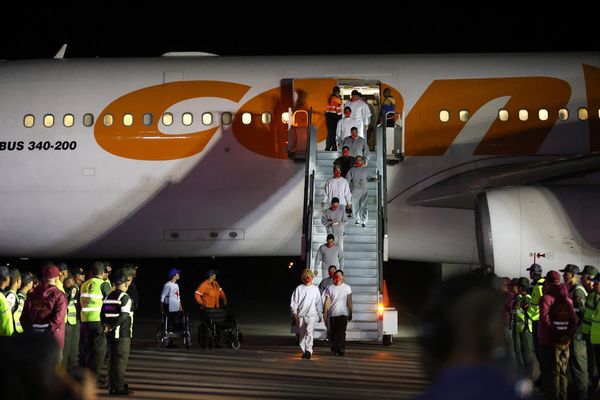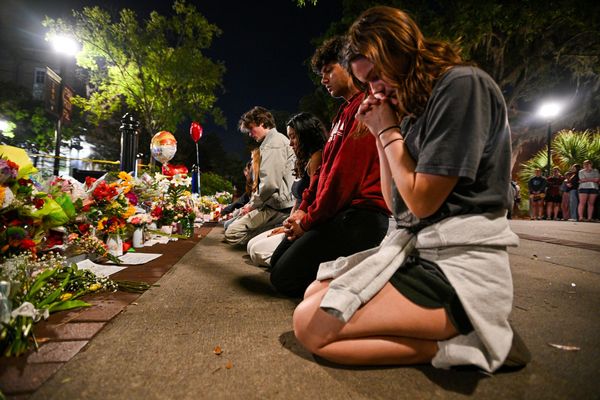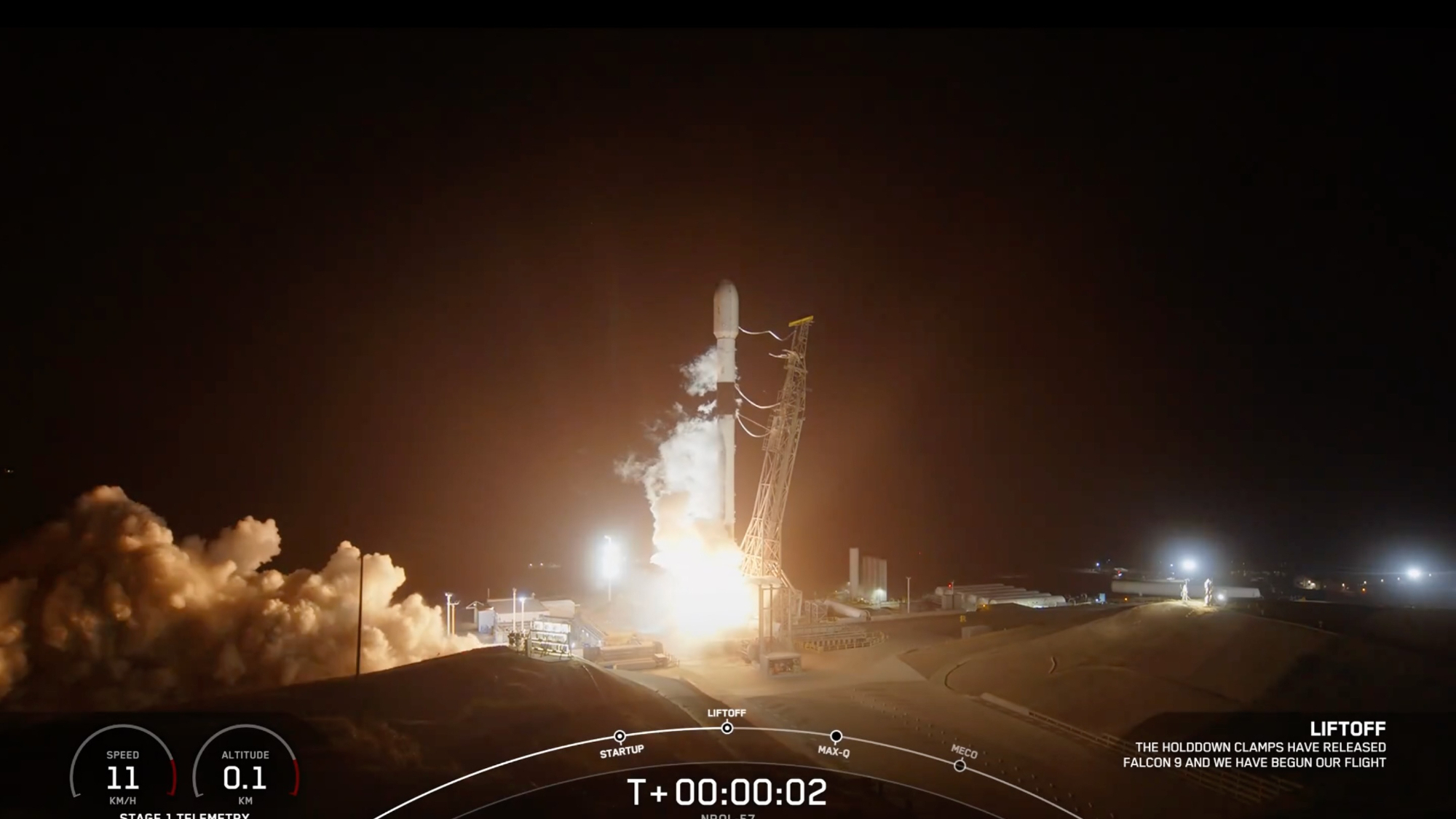
SpaceX set a new rocket-reuse record early Friday morning (March 21).
A Falcon 9 rocket lifted off from California's Vandenberg Space Force Base Friday at 2:49 a.m. EDT (0649 GMT; 11:49 p.m. on March 20 local California time), on the NROL-57 mission for the U.S. National Reconnaissance Office (NRO).
This rocket's first stage also lofted the SPHEREx space telescope and PUNCH solar probes for NASA on March 11, according to a SpaceX mission description. NROL-57 was therefore the booster's second launch in a little over nine days, besting the previous Falcon 9 turnaround record of 14 days.

NROL-57 was the eighth launch of the NRO's "proliferated architecture," which the agency describes as "a new paradigm for assets the NRO is putting on orbit."
Related: SpaceX launches 7th batch of next-gen spy satellites for US government (video, photos)
That paradigm features "numerous, smaller satellites designed for capability and resilience," NRO officials wrote in an NROL-57 mission description.
That description is brief and vague, which isn't surprising; the NRO operates the United States' fleet of spy satellites, whose capabilities and activities tend to be classified. But the "proliferated architecture" network is thought to consist of "Starshield" satellites — versions of SpaceX's Starlink broadband craft that have been modified to perform reconnaissance work.
The seven previous "proliferated architecture" missions also launched from Vandenberg on SpaceX Falcon 9 rockets, between May 2024 and January of this year.
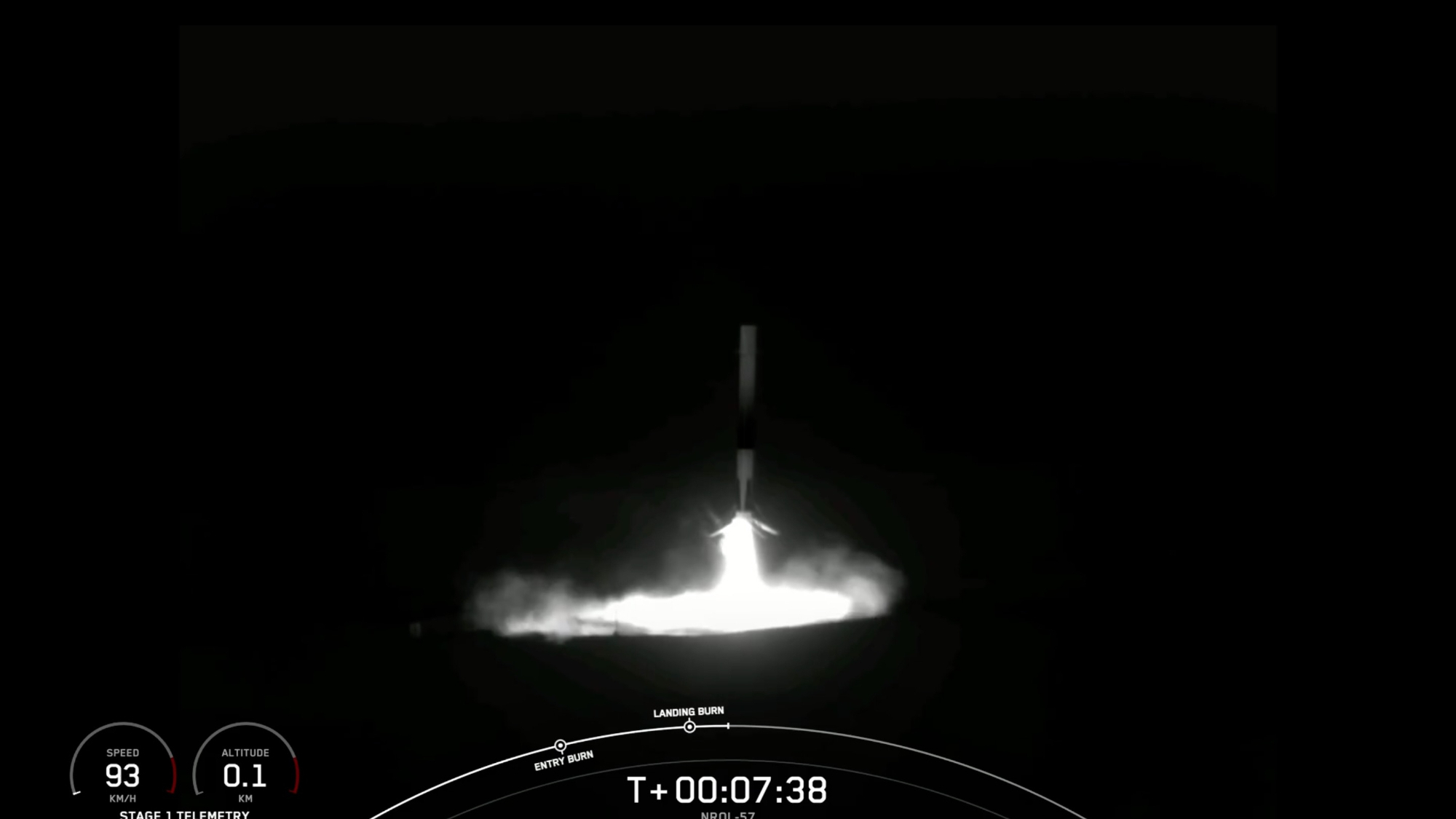
The Falcon 9's first stage came back to Earth for a landing at Vandenberg about 7.5 minutes after launch on Friday morning as planned. It was the fourth mission for this particular booster, according to SpaceX's mission description.
The rocket's upper stage continued carrying the NROL-57 payloads to orbit. The mission description did not specify where or when they will be deployed.
Editor's note: This story was updated at 3 a.m. ET on March 21 with news of successful launch and first-stage landing.

